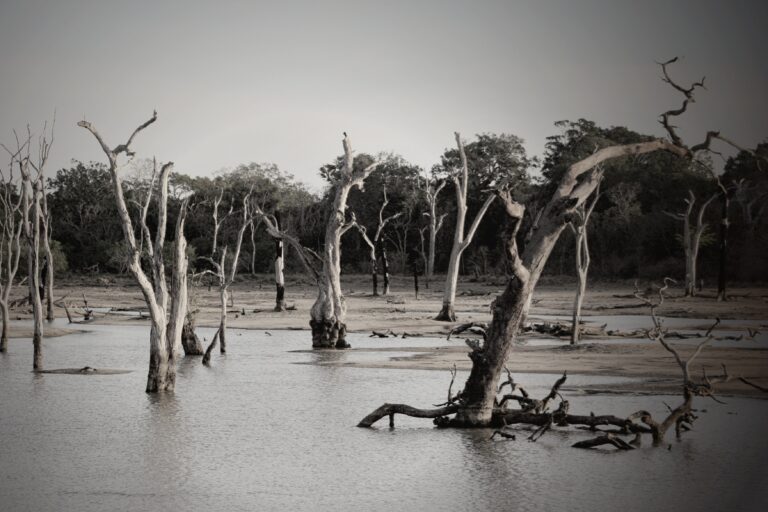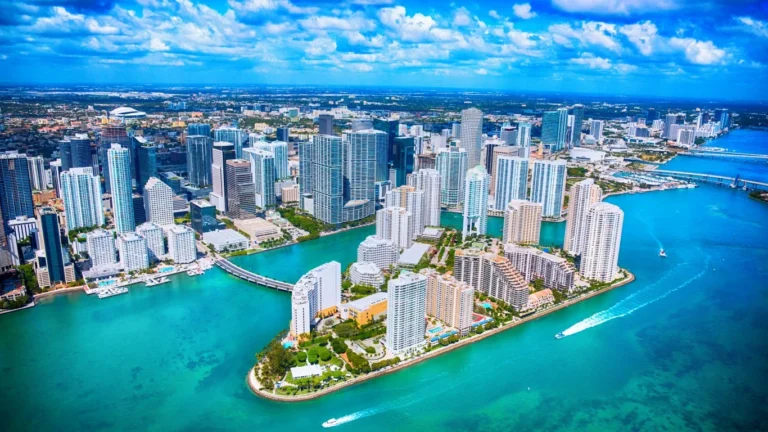Health Expenses of Hawaii Wildfires Soar

The total cost of the Hawaii wildfires has been set at $16 billion (fires on August 8-11, 2023, in the Maui community). AccuWeather posted the figure based on estimates of “the damage, to property, job and wage losses, crops, infrastructure damage, interruption of the supply chain, auxiliary business losses and flight delays or cancellations.” A new study, “Initial Findings from the Maui Wildfire Exposure Study” from the University of Hawaii, increased that cost by several harder-to-measure metrics.
Only 24% of the people in the area that was burned have been able to remain in their homes. Sixty-five percent are in temporary housing, and the extent to which insurance will allow them to buy or build new ones is unclear.
Twenty-four percent have no job, and their income is likely covered, to some extent, by unemployment. Seventy-four percent are only employed part-time, and most would like full-time work.
Forty-nine have worse health than they did before the fire. Twenty-four percent do not have access to healthcare. They either will not get it, or the government will provide it. Depression among those surveys hit 55%. “Depression rates in the MauiWES cohort increased with age, peaking at 75% in those aged 50-59,” the authors wrote.
Food insecurity reached (low or very low food supply) 35%, much higher than in earlier studies of the population, which put the numbers closer to one-fifth of the people.
The report raises a subject that is often ignored. After initial climate crisis incidents, which include immediate costs and death tolls, very little is said about the populations that are left behind and the long-term consequences they suffer.
More from ClimateCrisis 247
- Tampa Real Estate Continues To Fall As Miami Softens
- Climate In A Bottle
- Phoenix Blackout Could Send Thousands To Emergency Rooms
- Can Drones Replace The Weather Service?






